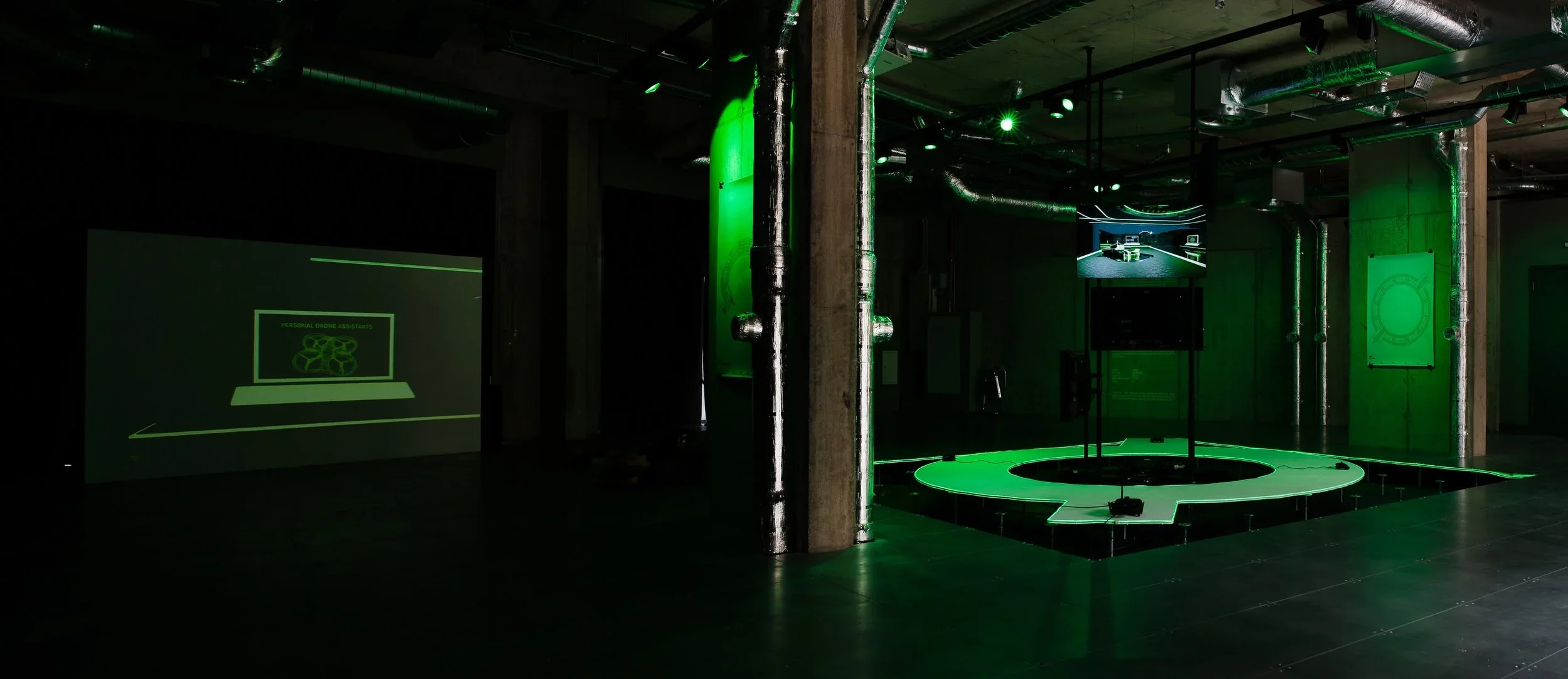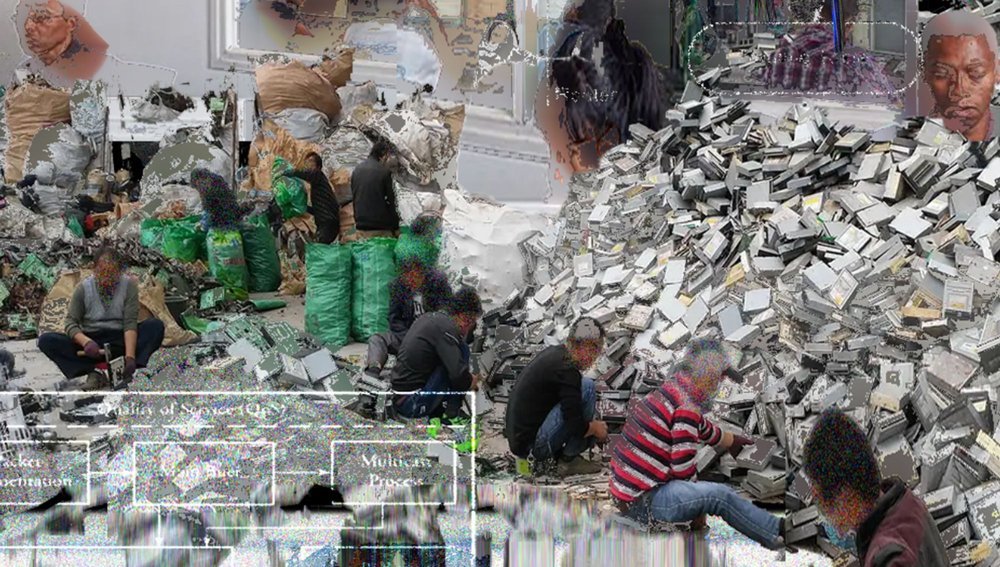by Rebecca Edwards
The Body
Bodily Embedded technologies
Bodily Embedded technologies, also known as implantable technologies, are a rapidly advancing field that involves integrating technological devices within the human body. These devices can be as simple as pacemakers, which regulate the heart's rhythm, or as complex as brain implants, which can help control movement in patients with Parkinson's disease. These technologies have the potential to improve human health and quality of life by enhancing sensory perception, treating medical conditions, and even improving physical performance. However, there are also concerns about the ethical implications of these technologies, including issues of privacy, autonomy, and potential abuse. Despite these concerns, bodily embedded technologies are likely to play an increasingly important role in medicine and society in the coming years.
Intimacy with technology - how we relate to our screens, to tech, to dating apps, to NLP and chatGTP3, what effect does this intimacy with with how we see the world around us
Intimacy with technology has become a defining feature of modern life. We rely on screens for work, entertainment, and social connection. Dating apps have revolutionized the way we meet and interact with potential partners, while NLP and chatbots like ChatGPT3 have expanded the scope of human-machine communication. This intimate relationship with technology has both positive and negative effects on how we see the world around us.
On the one hand, technology has made many aspects of life more convenient and efficient. We can connect with people across the world, access vast amounts of information, and complete tasks with ease. However, this constant connection to technology can also have negative consequences. It can create a sense of isolation and detachment from the physical world, leading to a lack of meaningful human connection. It can also contribute to a sense of anxiety and overwhelm as we try to keep up with the constant stream of information and demands.
Regarding dating apps, they have opened up new possibilities for meeting people and forming relationships, but they can also contribute to a culture of superficiality and commodification of human connection. The use of NLP and chatbots like ChatGPT3 can provide a more efficient and personalized form of communication, but it can also raise ethical concerns around the use of personal data and the potential for manipulation.
In conclusion, our intimacy with technology is a complex and multi-faceted phenomenon that has both positive and negative effects on how we see the world. While technology has the potential to improve our lives in many ways, it is important to be mindful of the potential risks and to find ways to maintain a healthy balance between our digital and physical lives.
The human body and the avatar body are two distinct entities that serve different purposes in our lives. The human body is our physical vessel, the tangible form that houses our consciousness and allows us to interact with the world. The avatar body, on the other hand, is a digital representation of ourselves that we use in virtual environments such as video games or social media.
One of the key differences between the two is that the human body is limited by the laws of physics, whereas the avatar body is not. The avatar body can move and interact in ways that are not possible in the physical world. This allows us to explore new environments, engage in new activities, and experiment with new forms of expression.
Despite these differences, both the human body and the avatar body are important. The human body is essential for our physical survival and wellbeing, while the avatar body provides a new and unique way for us to express ourselves and connect with others. The avatar body allows us to create a digital identity that can transcend physical boundaries and cultural barriers, enabling us to interact with people from all over the world.
Moreover, the avatar body can also have practical applications in fields such as medicine and education. For example, medical professionals can use avatars to simulate surgical procedures or to train new doctors, while educators can use avatars to create immersive learning environments.
In conclusion, while the human body and the avatar body are different, they both serve important roles in our lives. The human body is essential for our physical survival and wellbeing, while the avatar body provides us with a unique way to express ourselves and connect with others, and can have practical applications in various fields.
One of the key benefits of these immersive experiences is that they can provide a more engaging and memorable experience for the audience. They can transport viewers to new worlds, enable them to interact with digital characters or objects, and create a sense of presence that is not possible with traditional media.
However, these works also raise important questions about the relationship between the physical and the virtual, and the potential implications for our sense of reality and identity. As we become increasingly immersed in virtual environments, it becomes more difficult to distinguish between what is real and what is not. This can lead to concerns about the impact of these works on our sense of self and our relationship with the physical world.
In conclusion, immersivity and experiential works that move across the physical and the virtual have the potential to transform the way we experience art, entertainment, and other creative industries- moving across the physical and the virtual have the potential to provide us with new levels of sensory stimulation, storytelling, and communication. However, it is important to be mindful of the potential implications of these works and to consider how they may impact our relationship with the world around us.
Outer body / Relating to the body but outside
Embodied experiences are experiences that are rooted in the physical body and its interactions with the environment. They are characterized by a sense of being present in the body and the environment, and by the use of bodily senses such as touch, sight, and sound to navigate and interact with the world.
Out-of-body experiences, on the other hand, involve a sense of detachment from the physical body and a perception of being located outside of it. These experiences can occur spontaneously, as in near-death experiences, or they can be induced through various techniques such as meditation or sensory deprivation.
Despite their differences, embodied experiences and out-of-body experiences are closely related in that they both involve the relationship between the body and the environment. Embodied experiences are characterized by a sense of integration between the body and the environment, while out-of-body experiences involve a sense of detachment from the physical body and a perception of being located outside of it.
Some researchers have suggested that out-of-body experiences may be related to disruptions in the brain's ability to integrate sensory information from the body and the environment, leading to a sense of detachment from the physical body. Others have proposed that these experiences may be related to the activation of certain brain regions that are involved in self-representation and spatial navigation.
Understanding the underlying mechanisms of these experiences can help us to better understand the complex relationship between the mind, the body, and the environment.
Through movement and choreography, performers can create a sense of connection between their bodies and the environment, blurring the boundaries between self and other, and between the physical and immaterial. This can be particularly effective when performers engage with natural or built environments, allowing their movements to interact with the space and creating a sense of interdependence between body and environment.
At the same time, performance practices can also be used to explore the boundaries and limitations of the body. Performers can use movement and choreography to push the limits of their physical abilities, or to explore the ways in which the body can be constrained or restricted by social, cultural, or political forces.
Through these explorations, performance practices can help us to better understand our relationship with the physical and immaterial worlds, and to uncover new connections and boundaries that we may not have been aware of before. They can also provide a powerful way of communicating these insights to others, allowing us to share our experiences and perspectives in new and creative ways.
Our bodies are surrounded by invisible forces that interact with the environment, with one another, and with everything that comprises us. These forces can be physical, such as gravity, electromagnetism, and the forces of motion, or they can be immaterial, such as social and cultural forces that shape our interactions with others and the world around us.
Physical forces play a crucial role in shaping our relationship with the environment. Gravity, for example, affects the way we move and interact with the world, while electromagnetism is involved in everything from our sense of touch to the functioning of our nervous system. The forces of motion, such as acceleration and inertia, also play a role in shaping our experiences of the world, affecting the way we perceive and navigate through space.
At the same time, social and cultural forces also shape our experiences and interactions with the world. These forces can include things like social norms, cultural values, and power dynamics, all of which can influence the way we see ourselves, others, and the world around us. They can also shape our sense of identity and belonging, and influence the ways in which we relate to others and the world around us.
Taken together, these invisible forces help to shape our experiences of the world, and shape the ways in which we interact with the environment, with one another, and with everything that comprises us. By understanding these forces and their role in shaping our experiences, we can better understand our relationship with the world, and work to create a more equitable and sustainable world for ourselves and future generations.
Other bodies / Non-human bodies
Outer Body: The Extension of Self Beyond the Physical
Embodied experiences and out-of-body experiences prompt us to examine the boundaries of our physical existence. Remote viewing and the choreography of a body in space, as seen in the performances and works of artists like arebyte alumni LaTurbo Avedon, Gretchen Andrews and Angela Washko challenge conventional notions of materiality and immateriality through their use of the screen. Invisible forces enveloping our bodies, such as those revealed in the works of Alan Warburton and Libby Heaney, connect us to our lived and perceived environment, to one another, and to the awareness of our holistic being. This intricate dynamic of aggregate components of the self is challenged and shifted when the extension of the body beyond boundaries is explored.




































